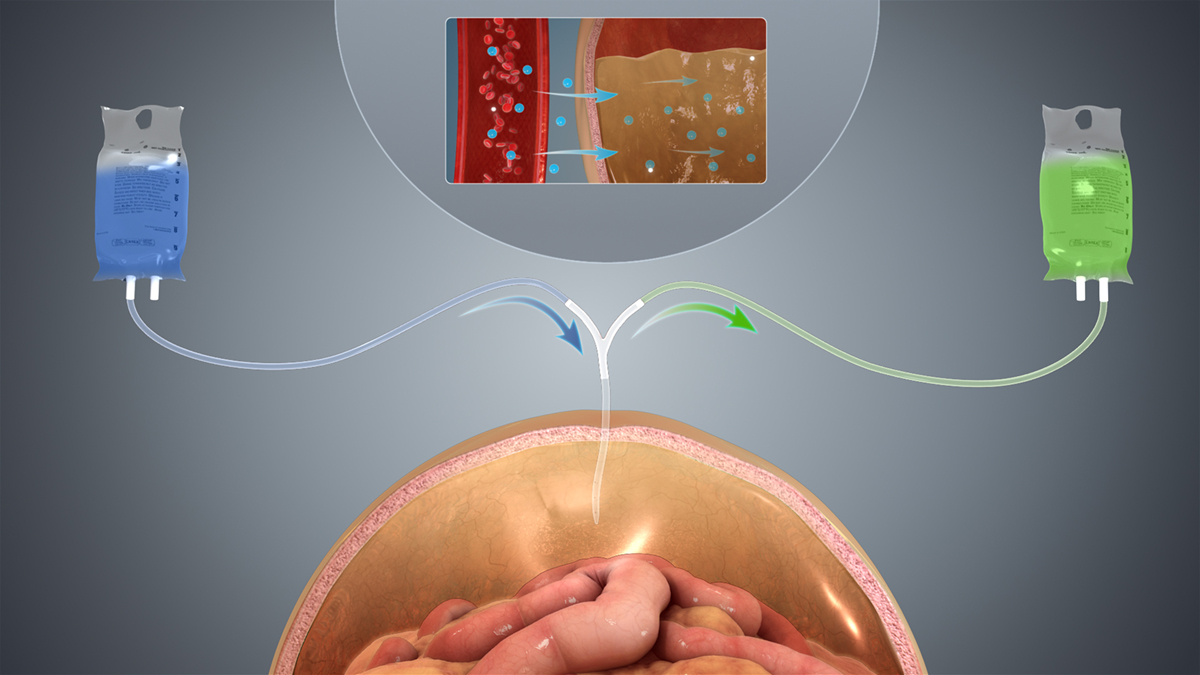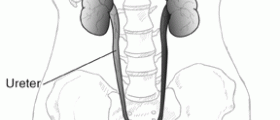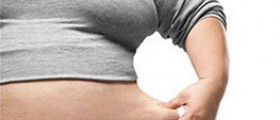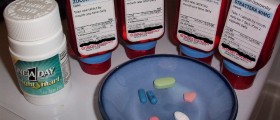
Introduction
Kidney dialysis is a treatment modality for all the patients who are suffering from terminal renal insufficiency. This treatment modality helps patients with excretion of excessive fluids and toxic substances from the body. But even this medical procedure has potential side effects.
There are two types of kidney dialysis, peritoneal dialysis and hemodialysis. Peritoneal dialysis is based on the potential of peritoneal cells to filter the blood. A catheter is placed into the peritoneal cavity and peritoneum is then filled with special fluid. This fluid has a specific purpose and helps with elimination of substances that need to be removed from the body.
Hemodialysis requires dialyzer to filter the blood. The blood from the body is directed to dialyzer. After it has been properly filtered the blood is returned into the patient's body.
Side Effects of Kidney Dialysis
People who have to undergo regular dialysis need to know that the procedure carries certain risks. Not all the patients will have to face all the side effects, but majority of them will eventually have to deal with at least one of the potential complications.Side Effects of HemodyalisisIn case, that too much blood is eliminated from the patient's body, one may experience a drop in blood pressure. Additionally, muscle cramps can occur. Low blood pressure can be easily brought under control. The majority of patients who undergo hemodialysis have problems with skin. Itchiness is the most common. Itchy skin can be caused by high levels of phosphorus. High levels of this chemical element are a consequence of hemodialysis.
Infection is one more potential complication. Special attention has to be paid onto the arteriovenous fistula as it can also get inflamed. Even blood clots can form inside the vein which is a part of arteriovenous fistula.Side Effects of Peritoneal DialysisInfection is the most common complication of peritoneal dialysis. Infection can occur during the insertion of catheter. Infective agents can also contaminate the fluid that is going to be placed into peritoneal cavity. This is why peritoneal dialysis has to be performed in sterile conditions. Peritonitis or inflammation of peritoneal sac happens in most of the cases. Additionally, skin infections can occur and they usually develop near the site of catheter insertion.
Peritoneal dialysis carries an increased risk of hernia. The muscles of the abdomen are rather weak and the pressure inside the peritoneal cavity only increases the risk of herniation.
Many patients complain about the loss of appetite. But this is easily explained by the pressure of the fluid present in peritoneal cavity which makes the person feel satiated. Improper intake of nutrients can result in malnutrition.
















Your thoughts on this
Loading...